Subscribe to the Newsletter
Your cart is empty
Shop now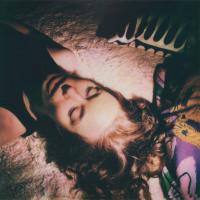

Greif Alumni: Q&A with Lê Quyên Nguyễn
Exploring fluid identity through the lens of Lê Quyên Nguyễn
We periodically invite our alumni, artists we have featured in the past, to share their new work and projects with us. Lê Quyên Nguyễn is a Vietnamese-German visual artist whose work explores the intersections of memory, displacement, and cultural identity through experimental photography and mixed media. She is part of the "Auf nach Woanders" exhibition at Münchner Kammerspiele in Munich. Her work extends beyond photography, intertwining personal experiences with broader societal conversations, prompting viewers to contemplate the complexities of human connections, cultural belonging, and the evolving world around them.
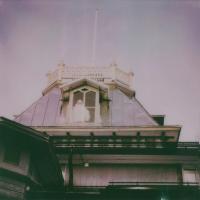
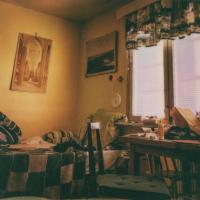
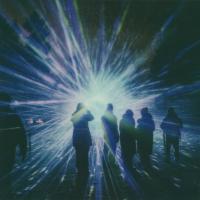
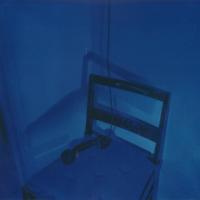
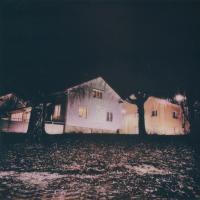
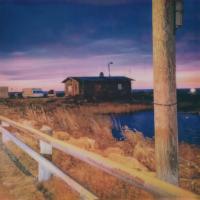
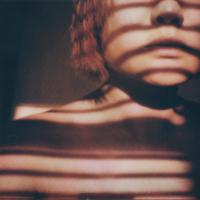
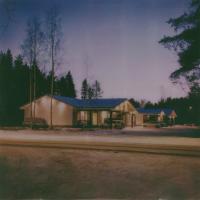
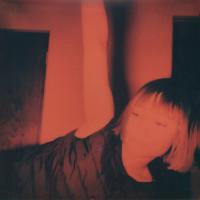
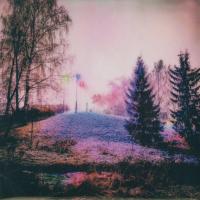
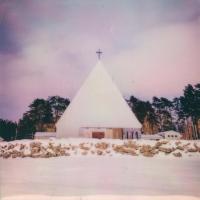
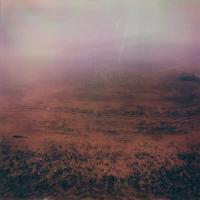












Ilaria Sponda: You've been experimenting with the medium, exploring the history, techniques, and implications of analog image-making. How does it feel to respond to the recent shift in popular attention toward generative AI while embracing a material-centered practice?
LQN: Over the past year, I’ve grown to love handworking, and the physical side of creating has become a significant part of my practice. Balancing digital and analog formats feels intuitive to me – generative AI and analog processes are interconnected, each enriching the other. While technology broadens creative possibilities, it deepens my appreciation for the tactile, grounding aspects of photography in an increasingly screen-focused world. I took part in an artist residency in Oulu, Northern Finland, at 2nd Generation Cultural Residency. It was my first time in Finland, and adapting to the short days and only a few hours of sunlight was both challenging and beautiful. During that time, I shot numerous Polaroids, which helped me navigate the unfamiliar—physically claiming space in a new environment while fostering a sense of home. Photography became my anchor, transforming the space with my own work and making it feel more personal. I loved seeing my Polaroids scattered throughout the residency apartment, bringing warmth and familiarity to the setting.
IS: What is the current subject of your research, and how has it evolved over time?
LQN: Last year, I worked on a project called “Blisss”, which delved into the experience of being a second-generation immigrant navigating my identity. As a Vietnamese person born and raised in Germany, I often find myself in a "third space," neither fully German nor Vietnamese – a concept that aligns with Homi Bhabha’s theory, which I find deeply compelling. Through this exploration, I’ve come to see identity as a fluid, evolving experience shaped by diverse cultural influences. Traveling and engaging with different cultures has enriched my perspective, revealing the beauty of diversity and fueling my curiosity about the unknown. Currently, I’m eager to embark on new projects and participate in residencies. These opportunities provide a refreshing contrast to my commercial work, where I’m often bound by client expectations. Residencies, on the other hand, allow me to follow my intuition and embrace creative freedom, which is a truly liberating experience.
IS: A lot of your work is related to the everyday – observing the intimate and silent intricacies of contemporary living. Could you describe your ongoing project "Climbing Up Marshmallow Mountain" that you started in Oulu during your residency?
LQN: My ongoing project, “Climbing Up Marshmallow Mountain,” will culminate in an exhibition this summer, accompanied by a zine. I see my role of an artist as a kind of glue – a bridge connecting people to new experiences and ideas. During my time there, I was captivated by the vast, quiet landscapes and the stark contrasts of the shifting light, especially in November. With daylight shrinking from about six hours at the start of the month to just four by the end, I found myself deeply reflecting on the delicate interplay between light and darkness. These conditions not only shaped my artistic practice but also deepened my appreciation for the ordinary moments that often go unnoticed. Conversations with locals offered insight into how they adapt to their environment, finding beauty in the stillness and solitude. As I wandered through the neighborhood I was living in, I often imagined what everyday life inside those houses might be like.
IS: Each image you create finds its counterpart on the screen as part of the digitization process. How do you perceive the relationship between the original and its pixel-made double?
LQN: I see all tools – analog and digital alike – as integral to my creative process. Technology, especially AI, has made life easier and opened up exciting possibilities in art-making. Every image I create has its "double" in the digital realm, and I view this connection as a dialogue between the two formats. I’m fascinated by technological advancements and curious to see how these tools will evolve. Rather than replacing the original, I see digital representations as complementary, enhancing the analog experience and expanding the potential of photography as a medium.
IS: Your next projects experimenting with anthotypes embrace ecology and sustainability in practice. How consciously did that come about?
LQN: I’m always looking to push the boundaries of my work, and in recent years, my focus has been primarily on photography. Lately, I’ve developed a strong interest in alternative analog processes and enjoy experimenting with new techniques. As a photographer, it’s easy to spend countless hours in front of a screen, so I truly value opportunities to engage with the physical world and step outside the confines of a traditional studio. What fascinates me about anthotypes is the ability to print using natural pigments derived from fruits or plants. This process aligns perfectly with my desire to work more hands-on while embracing themes of ecology and sustainability. I love the idea of incorporating elements from the environment into my work – using materials sourced directly from the space I inhabit adds a deeper sense of connection and meaning to each piece. The process itself is slow and meditative, often taking days or even weeks, depending on the sunlight and materials used. In a world that constantly pushes for speed, it’s refreshing to embrace this deliberate, thoughtful approach to creating. Through these works, I hope to celebrate the beauty of nature while promoting a more mindful and sustainable way of making art.